LADISLAV SUTNAR

Who Was He?
Ladislav Sutnar was an influential graphic designer who laid the groundwork for modern information graphics through designs inspired by the avant-garde visual languages of Constructivism and the German Bauhaus school of design.
He was born in 1897 in Plezn, Czechoslovakia and studied painting at the School of Applied Arts in Prague, architecture at Charles University, and mathematics at the Czech Technical University concurrently. Sutnar is often referred to as a Renaissance man involved in multidisciplinary design.
Designs ahead of its time
Ladislav Sutnar has had a lasting impact on the field of information design and the post-modern style of design graphics and. His style can be recognizable for his use of simple shapes and vivid colours. Seen in some of his works below.
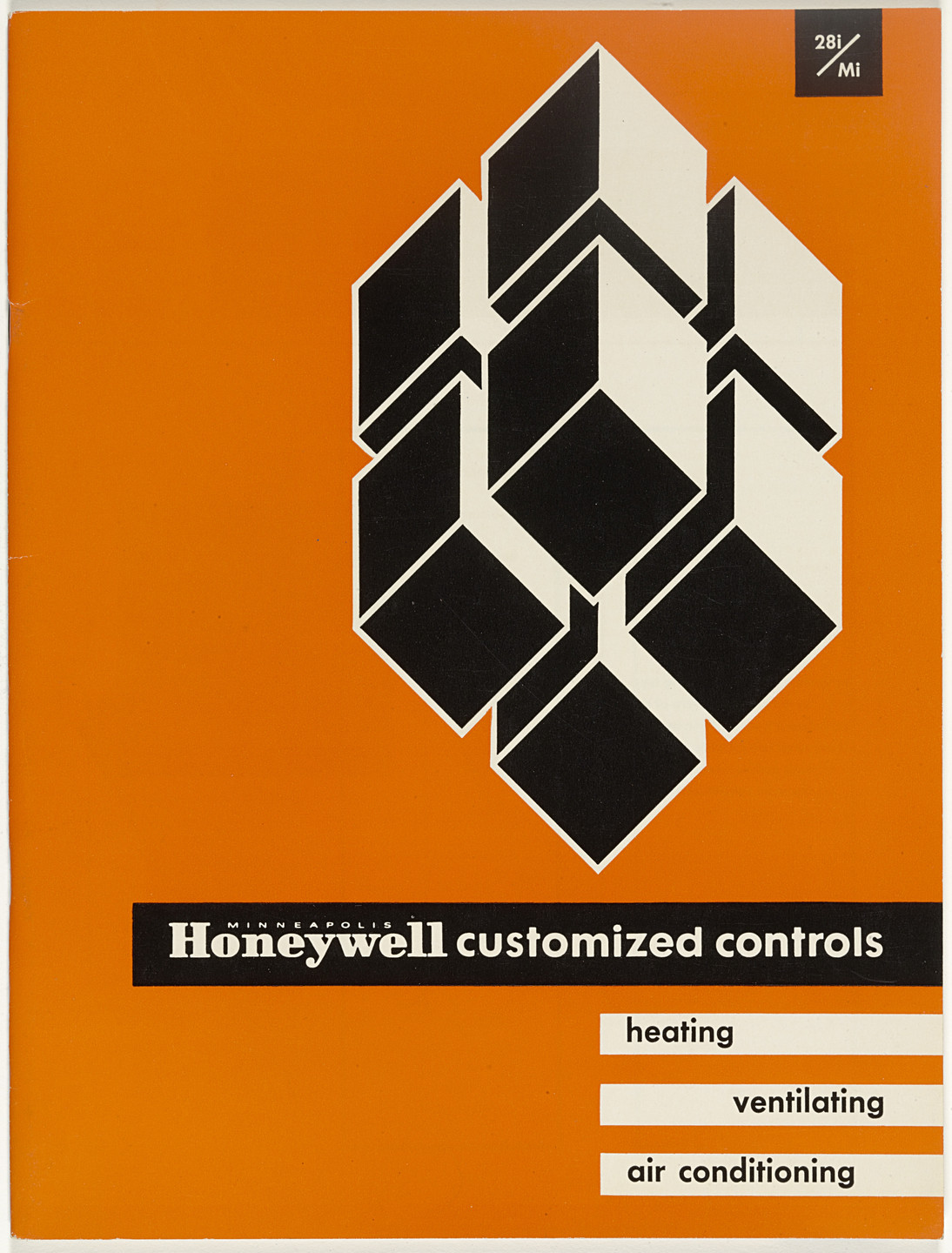
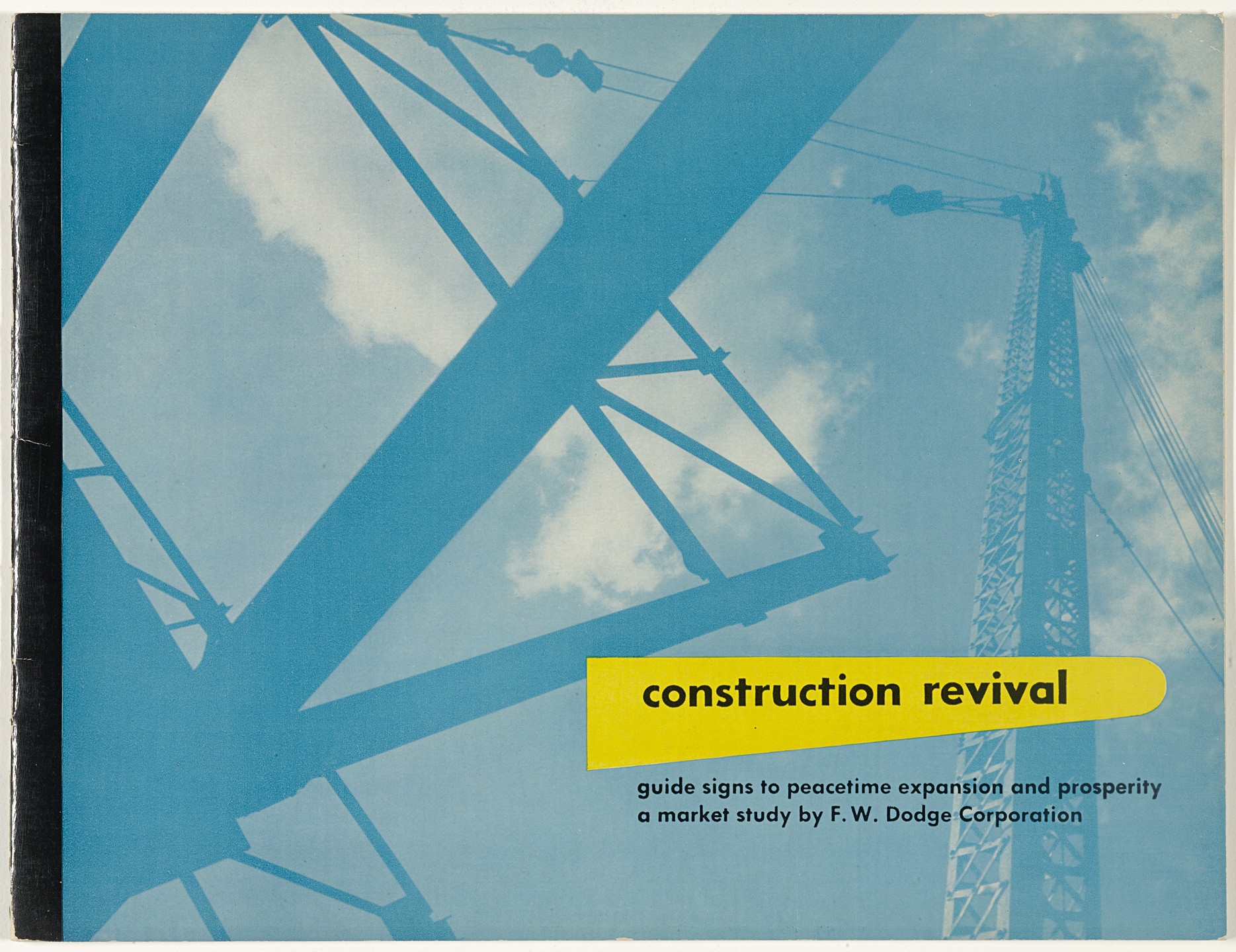
and Prosperity. c. 1945
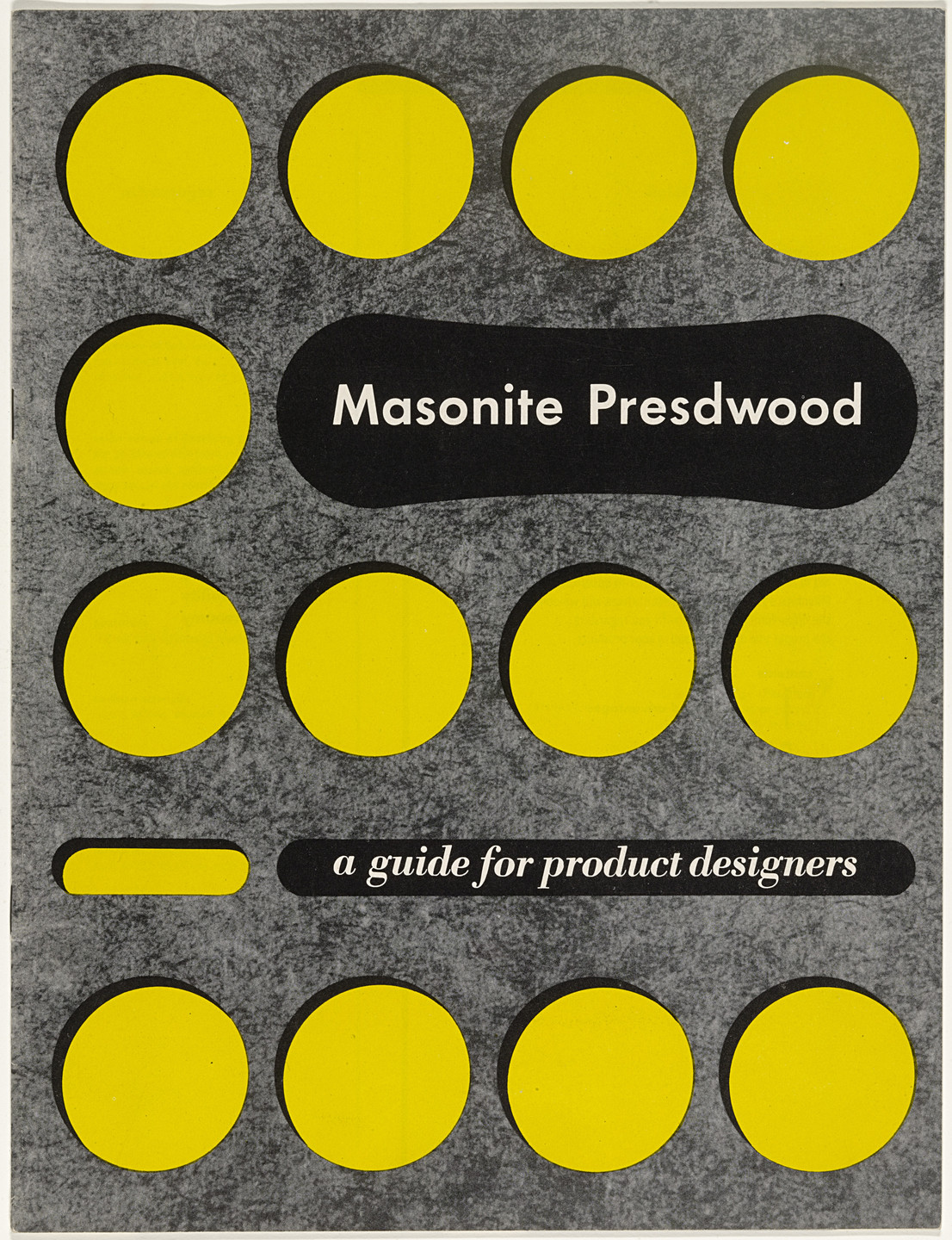

It can be seen that in many of his designs he was influenced by Jan Tschichold’s work and modern typography, as his style was limited to type and colour within strict layouts. In fact, Sutnar’s book Visual Design in Action (1961) argues for future advances in graphic design and defines design has been compared to Tschichold’s Die Neue Typographie. It was an exhibition of his work and a self-funded book. More strongly, his work connected with the Bauhaus fundamentals.
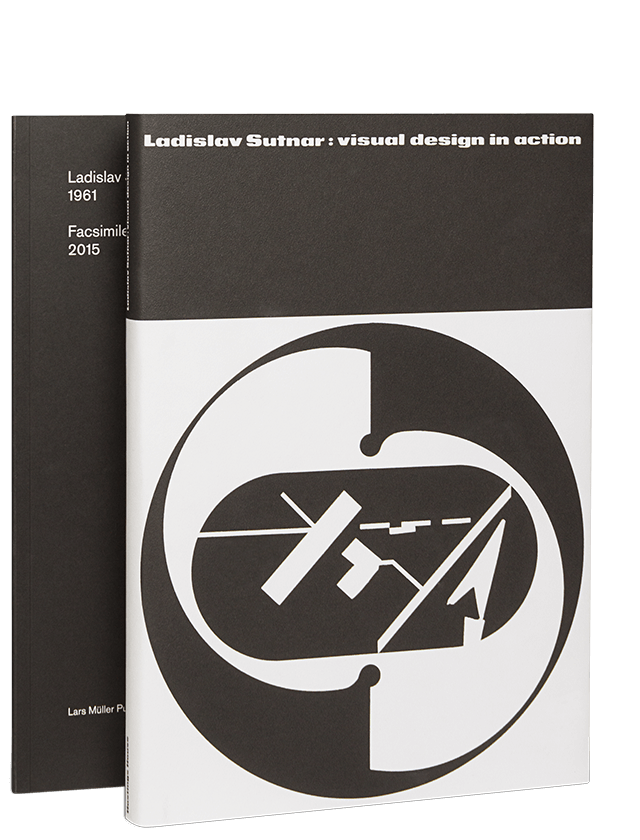
This work below really stands out to me as such a modern and contemporary design for its time. The composition and simple graphics look like a modern movie poster that you might find today.
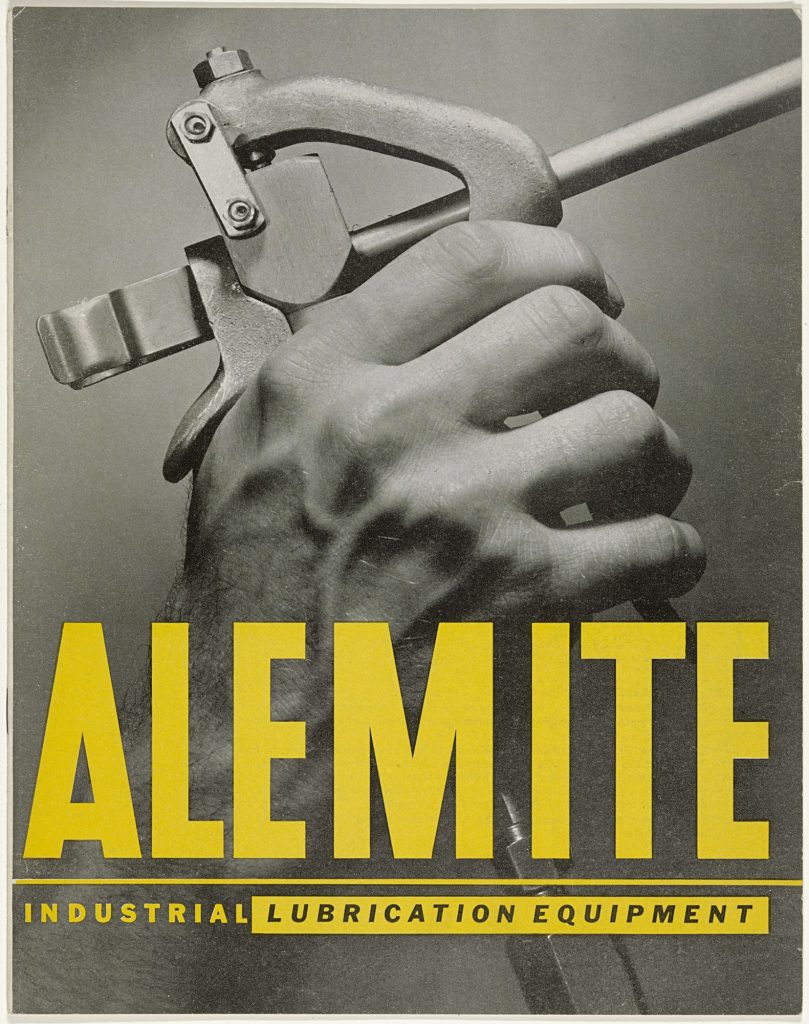
Form follows function with these objects
Apart from many of his book and poster designs Sutnar also designed functional products particularly porcelain tea, coffee, and dinner services. At the time, he was the director of the furnishings company Krásná jizba, part of the artists’ cooperative and publishing firm Družstevní práce (Cooperative work) in Prague.
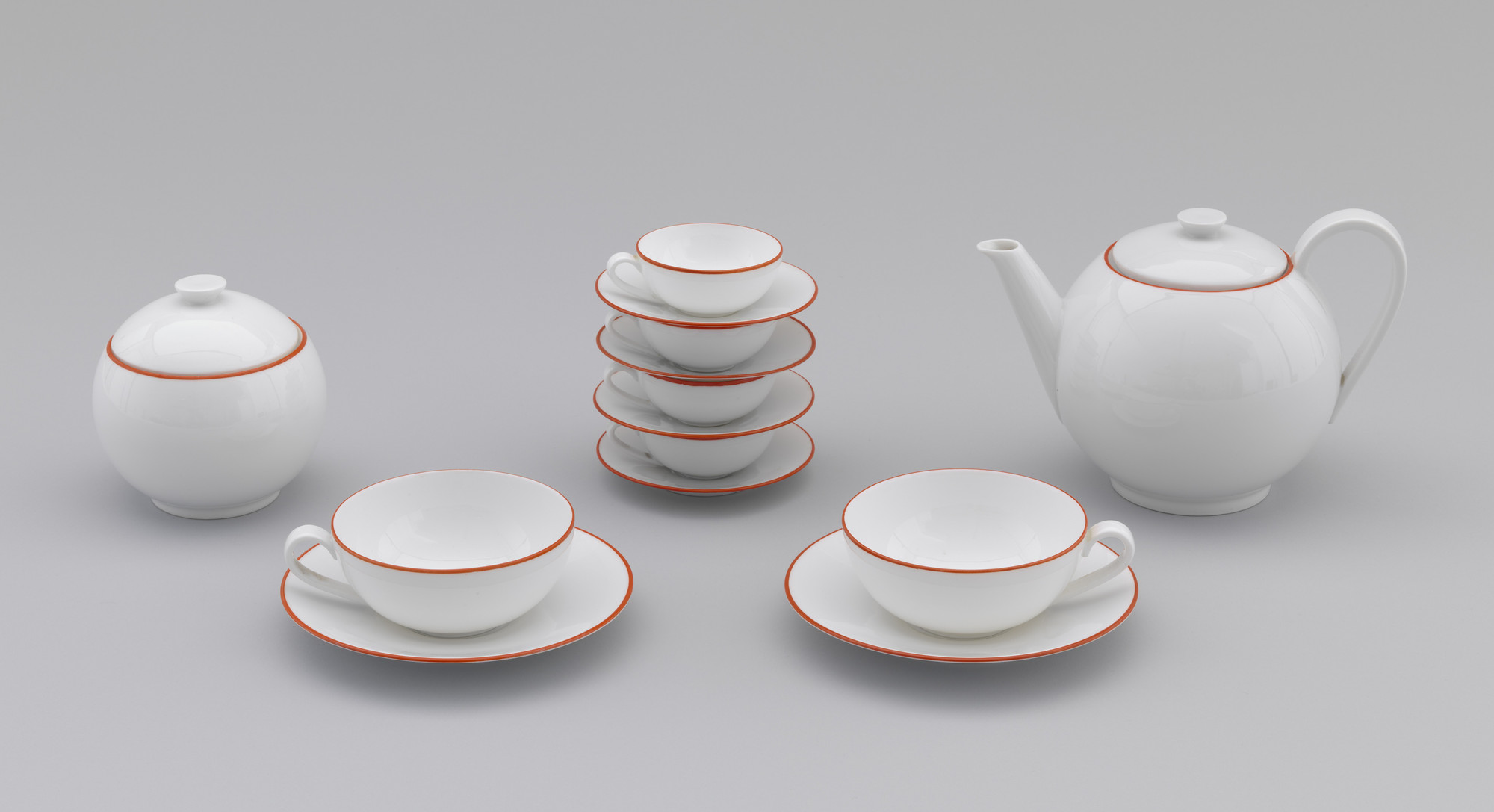
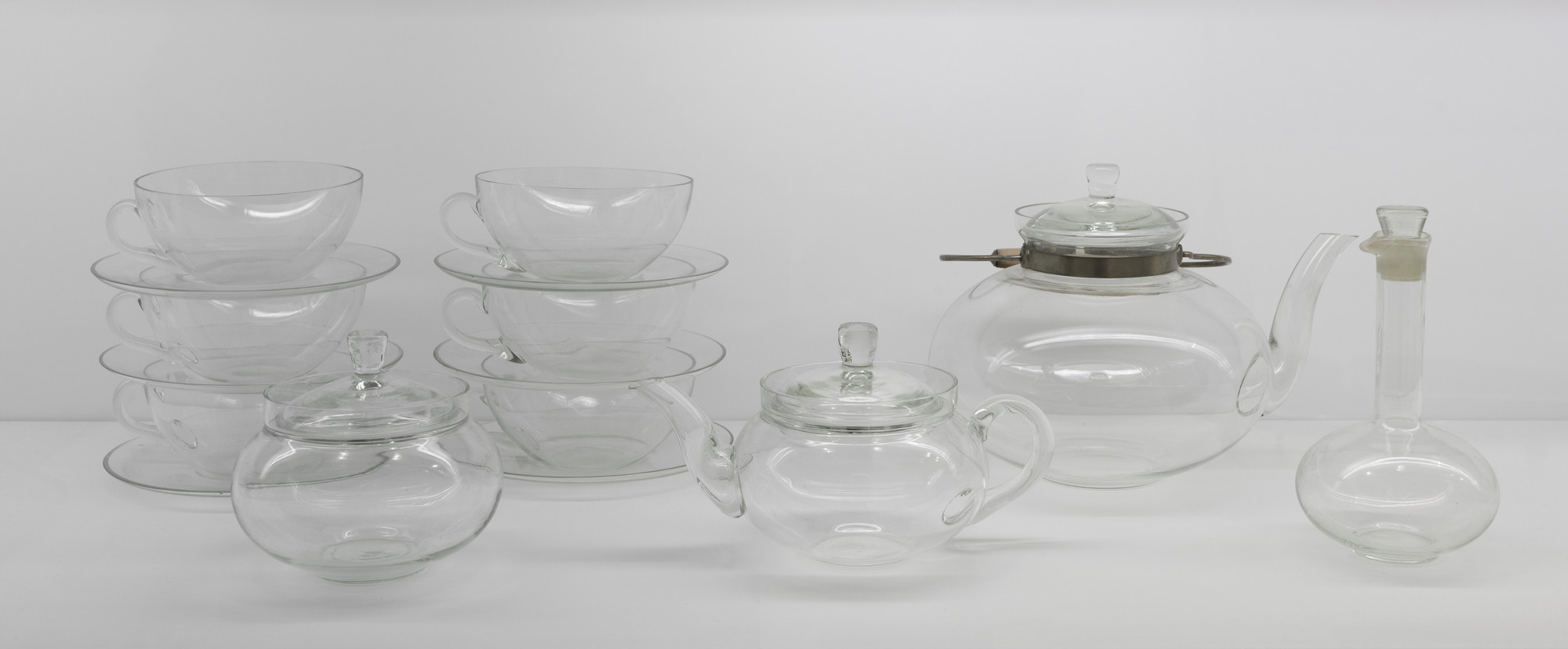
Perhaps one of Sutnar’s most memorable contributions was the idea to place parentheses around area codes, which made long phone numbers easier to comprehend. But it is unfortunate that he was not given the credit he deserved for such contributions as the American area code, which were so integral to the design of the new calling system.
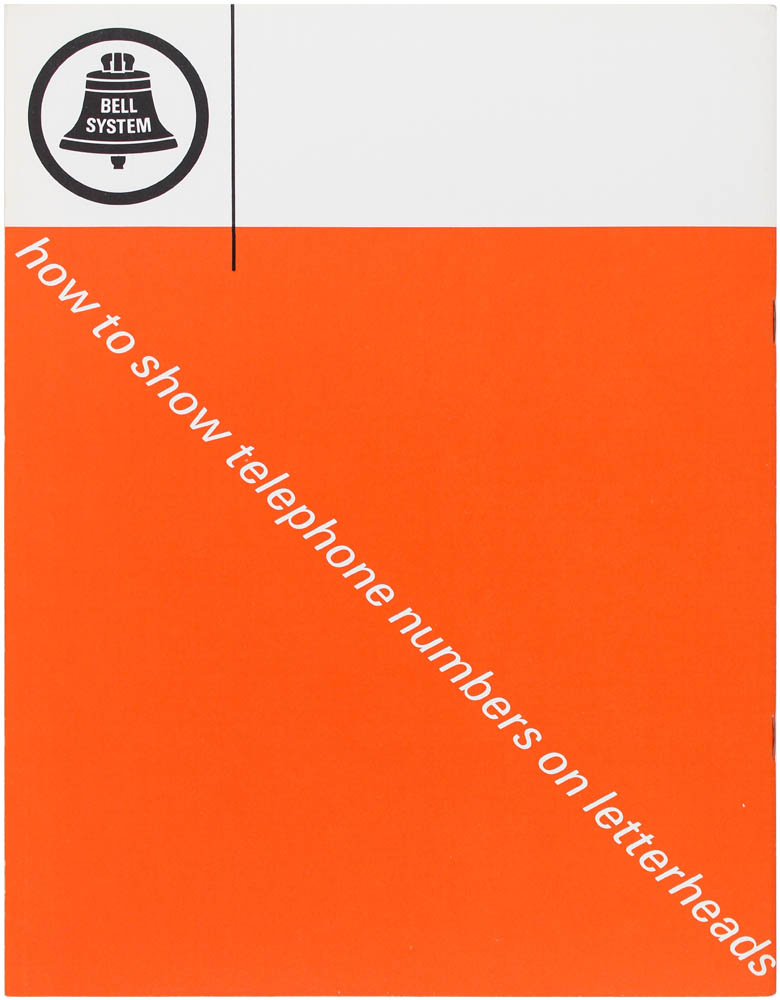
And the functional typography and iconography he developed as part of various design programs for the Bell System in the late 1950s and early ’60s made public access to both emergency and normal services considerably easier. Yet the Bell System denied him credit, considering graphic designers as transparent as the functional graphics they designed.
The work of modern graphic design would not look the same without Sutnar. His work on graphic systems for catalogues and information is still viable today as they were 50 years ago. Although well after his time, Sutnar’s methods of conveying information in a manner that evoked attention is reminiscent of the navigational aids of web design we see today.
Sources:
https://www.artic.edu/artists/25278/ladislav-sutnar